Amigurumi Tips and Tricks
I often hear that amigurumi looks too difficult and assembly is too hard. Anyone can learn to crochet, just like anyone can learn to crochet amigurumi! I’ve put together by favorite amigurumi tips to get you started on the right foot, or to advance your amigurumi skills!
If you have any favorite amigurumi tips to add to this list, leave them in the comments below!
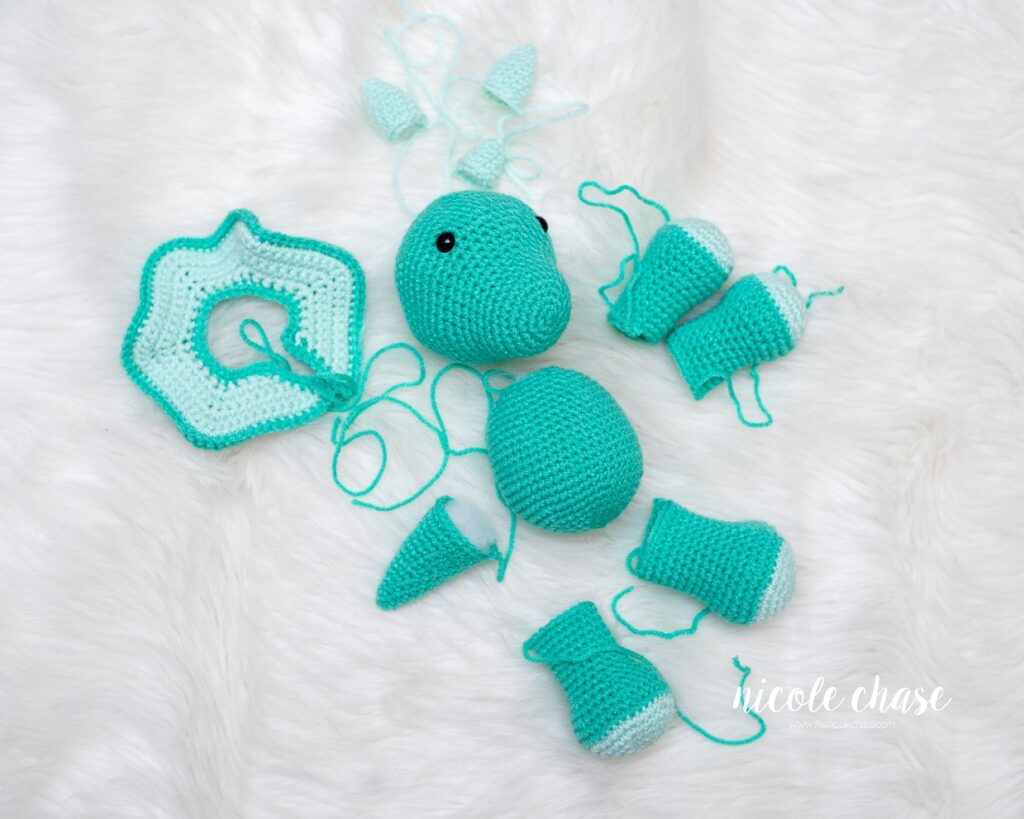
First let’s start off with, what is amigurumi? — Amigurumi is the Japanese art of crocheting or knitting stuffed toys.
How to get started with amigurumi? Well my first amigurumi tip would be to learn the main stitches and techniques that are used in most amigurumi projects:
- Magic ring (aka magic circle)
- Single crochet
- Increases and decreases
- Working in the round
Use a Smaller Hook
Probably the most important of my amigurumi tips is to use a smaller hook! When working amigurumi, you should always use a smaller hook than what is recommended on the label. The reason to size down is to keep your stitches as tight as possible, to ensure that no stuffing is showing through your finished projects.
On every yarn label, you’ll see a small icon that looks like a little skein of yarn with a number on it. This indicates the yarn weight. Every yarn is broken up into one of the following categories.

Each yarn label will recommend a hook size based on the yarn weight. For example, a skein of WeCrochet’s Brava Worsted recommends hook sizes 5.25mm (I) through 6.5mm (K). This is my go-to yarn for amigurumi and I use a 4mm (G) hook when making amigurumi with this yarn.
In addition to using a smaller than the recommended hook size, you’ll also want to consider your tension. If you are someone who crochets fairly loosely, you may want to go even smaller in hook size. Whereas if you are someone who crochets very tightly, you might not need to go down quite as far. This is something you would only be able to know for sure through trial and error.
Size down based on the yarn label and then adjust your hook size accordingly, as needed. This may be slightly different for every yarn that you use, even if they are in the same yarn weight category.
It’s great to have a full set of crochet hooks on hand so that you can easily adjust your hook size whenever you need! My absolute favorite hooks are the Clover Amour hooks, and a great, budget friendly alternative to the Clover hooks are WeCrochet’s Bright set.
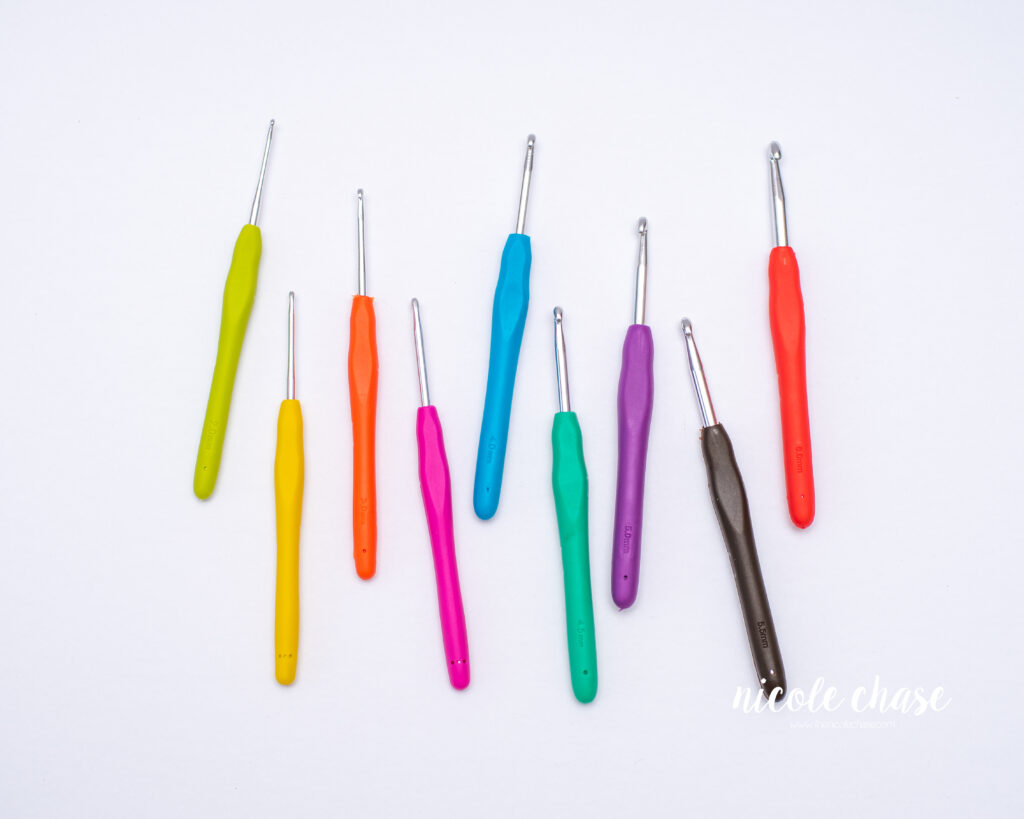
Use Stitch Markers
When you are working in continuous rounds, you do not join the end of each round with a slip stich; you just keep working round and round. This means that without counting every single stitch as you work, it is nearly impossible to keep track of which row you are on. This leads me to my next amigurumi tip… stitch markers. This is how you can keep count of every stitch while you’re busy watching your favorite Netflix show!
Stitch markers are a life saver. After you work your first stitch of the round you are working on, you loop your stitch marker through the top, and then continue working your round. When you get back to the stitch marker, take it out, work your first stitch of the next round, and insert the stitch marker into the top of that stitch. Stitch markers are great for various crochet projects, not only amigurumi.
I prefer locking stitch markers so that they don’t slip out. I have sets of stitch markers available in my shop, and I also really like these plastic stitch markers.
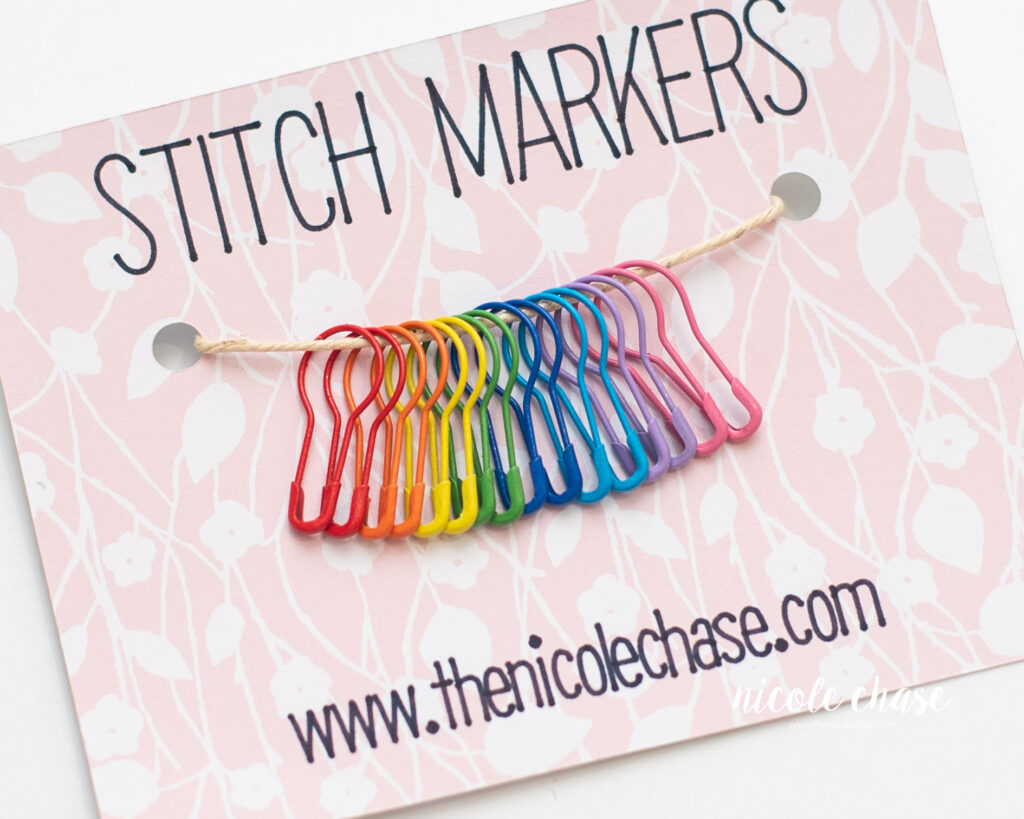
Learn the Invisible Decrease
Learning the single crochet invisible decrease can be an absolute game changer to your amigurumi. All of my amigurumi patterns recommend using the invisible decrease.
You may see increases and decreases written a few different ways. In my patterns, I use 2 SC for a single crochet increase, or SC2tog for a since crochet decrease. Other patterns may use INC and DEC – in which you would do the increase or decrease in whatever stitch that you are working in the pattern, so this could be for single crochets, double crochets, etc.
SC2tog (using invisible decrease method): Insert hook into front loop of the first stitch. Insert hook into front loop of second stitch. Yarn over. Draw through the first two loops on hook. Yarn over. Draw through both loops on hook.
If you want to learn more about the single crochet invisible decrease, check out the full post with photo and video tutorials.
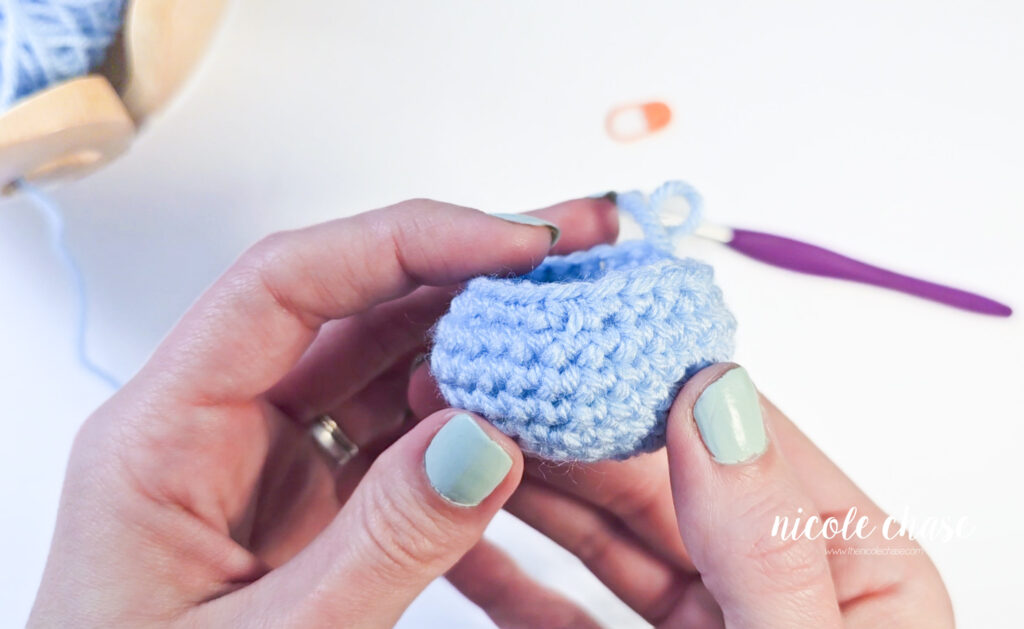
Learn Seamless Color Changes
Using a seamless color changing technique allows you to discreetly change from one color to the next. With a simple change in how you join your next color, you can make the color changes almost impossible to detect.
Check out the full post on the seamless color change to learn how!
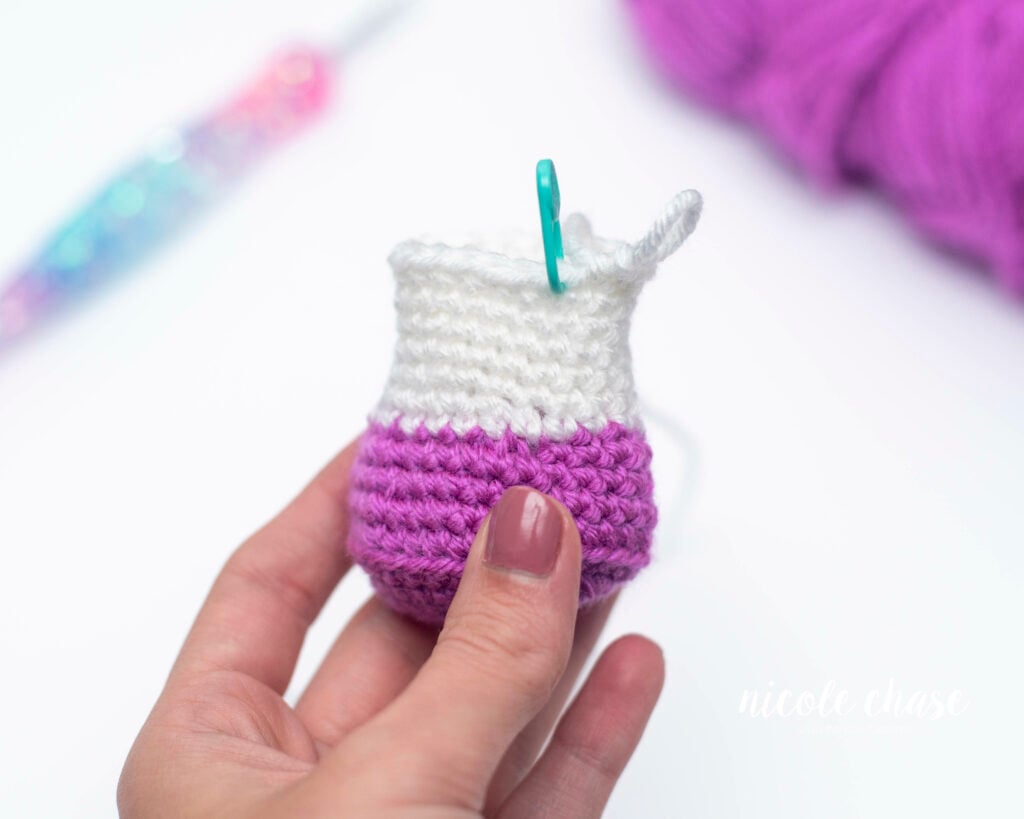
Use a Row Counter
While a row counter isn’t super necessary, it is very useful. Especially when you are working several rows of single crochet that can all blend together. Rather than going back and counting your rounds, you can just click the button on your row counter after you complete each round so that you don’t lose your place! This isn’t just an amigurumi tip, you can use a row counter for all sorts of crochet projects.
You can find a row counter just like the one that I use here. I love that it wraps around your finger like a ring so that you don’t misplace it every time you put it down – we all know how easily that can happen. Where did my hook go?! 🙂
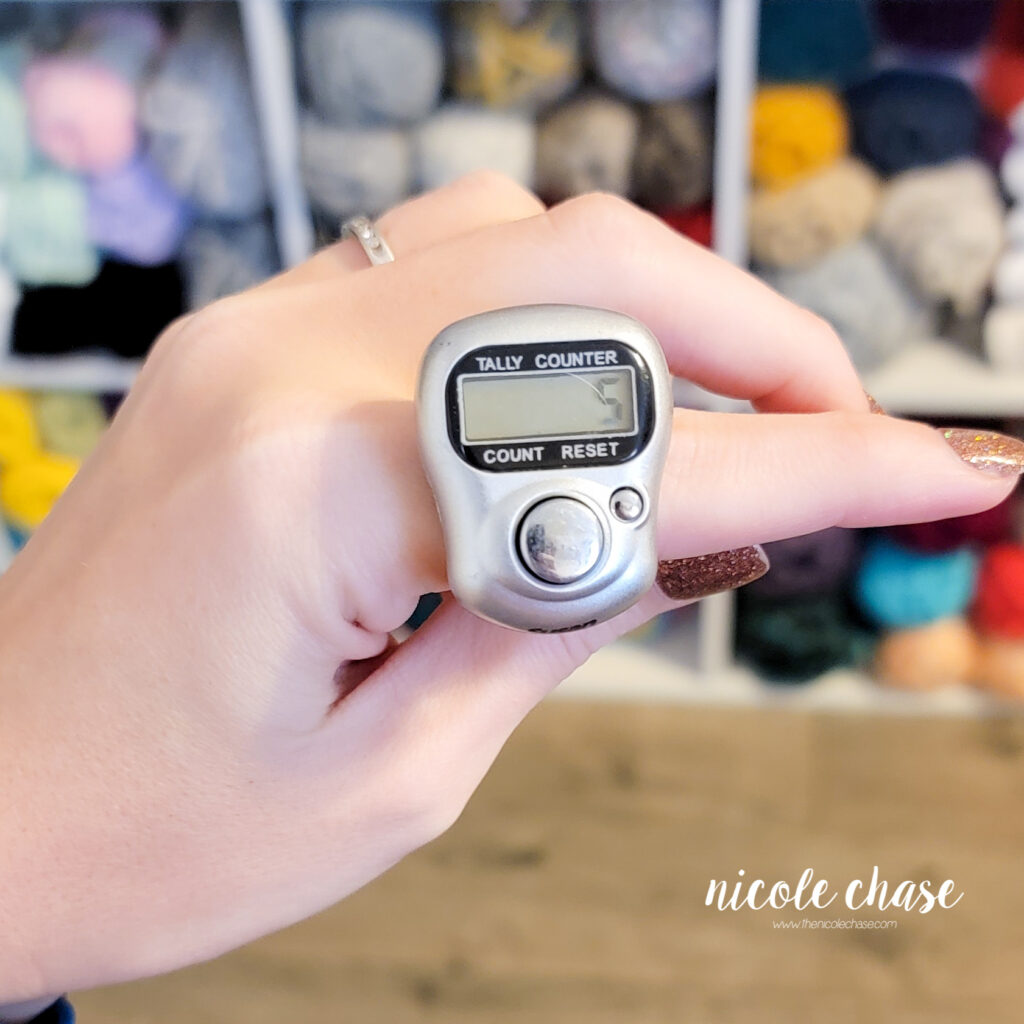
Don’t over Stuff
When it comes time to add stuffing to your finished crochet pieces, it can be hard to know just how much stuffing to put in. Of course you don’t want to put too little stuffing in and have a super floppy finished piece (unless that’s the look you’re going for). But at the same time, you don’t want to over stuff for one main reason – your stitches will stretch and you’ll be able to see your stuffing poking through.
While the proper hook size typically prevents this from happening, if you stuff your amigurumi with too much poly-fil, that careful hook choice won’t matter at all.
So how do you make sure that you have the right amount? As you stuff, pull your stuffing apart and insert only small bits at a time. This allows you to have better control over the amount of stuffing. Poly-fil stuffing is very packed when you purchase, so you want to properly fluff it back up when it goes in to your creations. Think of it like fluffing your pillow at bed time.
While stuffing, be sure to spread the stuffing around and push it to he sides of your piece so that it is even throughout. I find it helpful to roll the piece in my hand as I stuff to make sure I cover all sides. Keep an eye on your stitches to be sure that you aren’t stretching them out. Your piece should be firm, but not hard. After you stuff your piece, you’ll want to smooth the outside if needed to make sure you don’t have any strange clumps or bumps.
If you are struggling with the head of your amigurumi projects flopping around, check out this post on how to prevent the wobbly head!
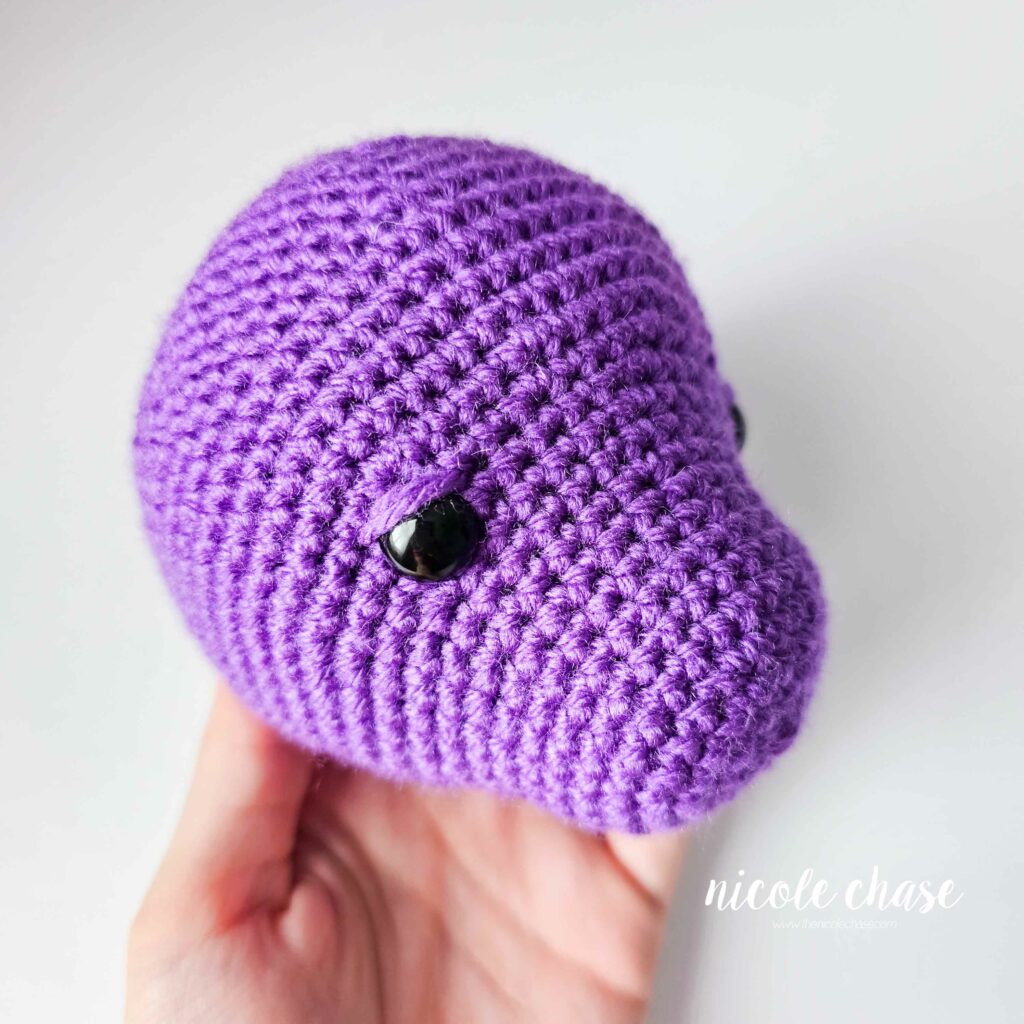
Use Pins for Assembly
One of the most important amigurumi tips that I have to share is using pins! The only part of amigurumi that I do not look forward to is assembly, and it is often noted as being the most difficult. However, since I’ve started using pins to assist with assembly, I dread this part just a little less.
There is nothing worse than lining up an arm, sewing it on, and then realizing that you’ve sewn it on crooked. Pins nearly eliminate that from happening.
My favorite type of pins to use for assembly are T pins. If you do any blocking, you likely already have these on hand. But any straight pin will do!
You just simply place your pieces to be sewn where you want them and insert the pins to hold the pieces in place. As you sew, just remove the pins that have been secured. Then when you’re finished, there are no surprises and everything is secured to the same place you wanted it to be.
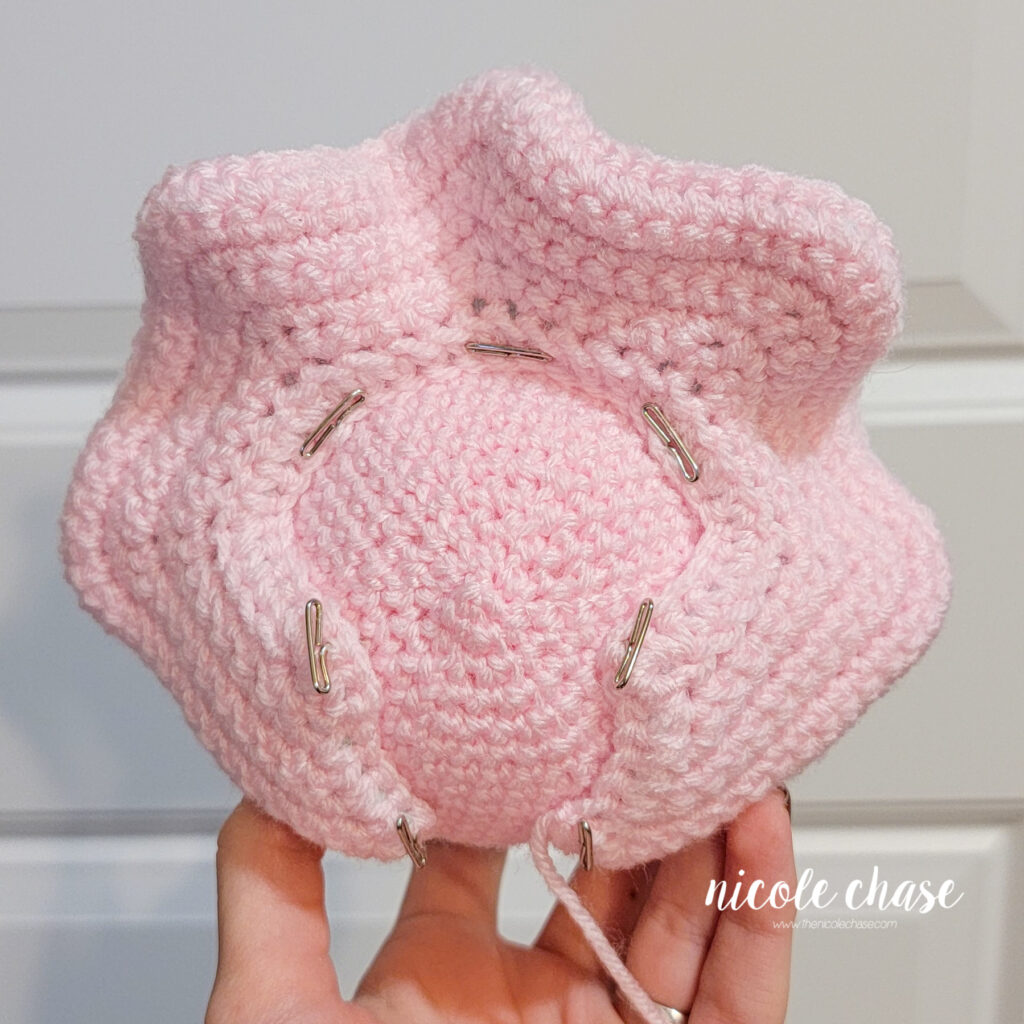
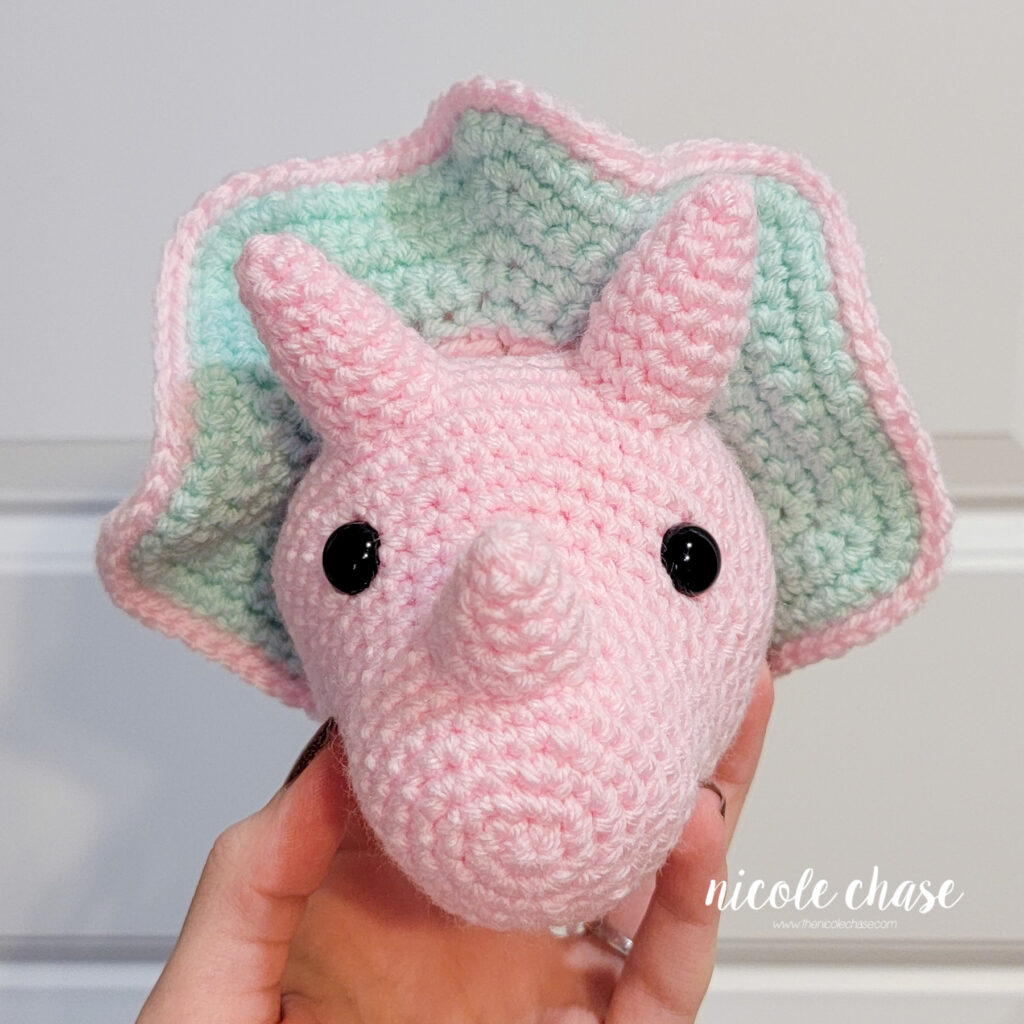
Have you found any of these amigurumi tips helpful? Do you have any crochet tips that you would add to this list? Leave me a comment below!
More Crochet Tutorials
I hope you enjoyed this post! Be sure to leave me a comment below to let me know what you think.
Want to see more from me? Be sure to subscribe to my email newsletter so that you never miss a post!
Follow along with me on Instagram for daily updates and a behind the scenes look at my designs.
I’d love to see what you make with this tutorial! Don’t forget to share your finished work with me: on social media by tagging me @thenicolechase, in your Ravelry projects, or post over in my Facebook group!
Thanks for stopping by! Happy crafting!
Nicole
PATTERN COPYRIGHT © 2024 NICOLE CHASE. ALL RIGHTS RESERVED.
PATTERN MAY NOT BE ALTERED, COPIED, REDISTRIBUTED OR SOLD AS YOUR OWN PATTERN.
YOU MAY SELL THE FINISHED PRODUCT ON A SMALL SCALE. PATTERN/DESIGN CREDIT GIVEN TO WWW.THENICOLECHASE.COM IS APPRECIATED. PERMISSION TO SELL DOES NOT INCLUDE MASS PRODUCTION. LARGE SCALE PRODUCTION IS PROHIBITED.
PHOTOGRAPHY COPYRIGHT © 2024 NICOLE CHASE. ALL RIGHTS RESERVED.
PHOTOS MAY NOT BE ALTERED, COPIED, REDISTRIBUTED OR SOLD AS YOUR OWN.

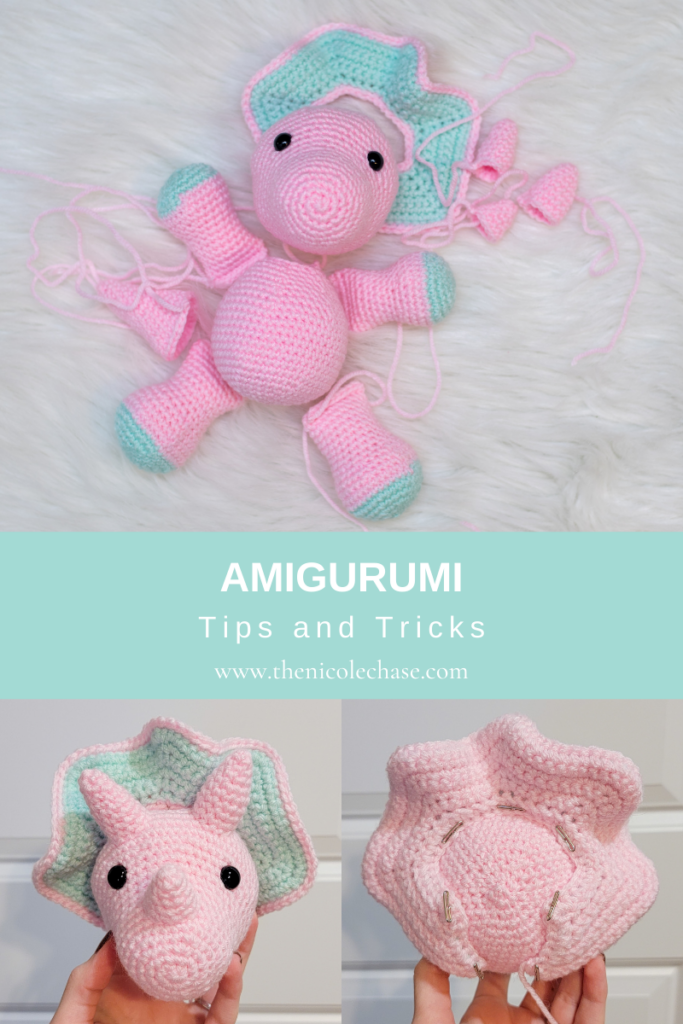
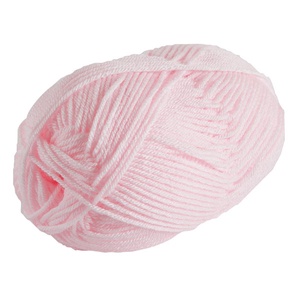

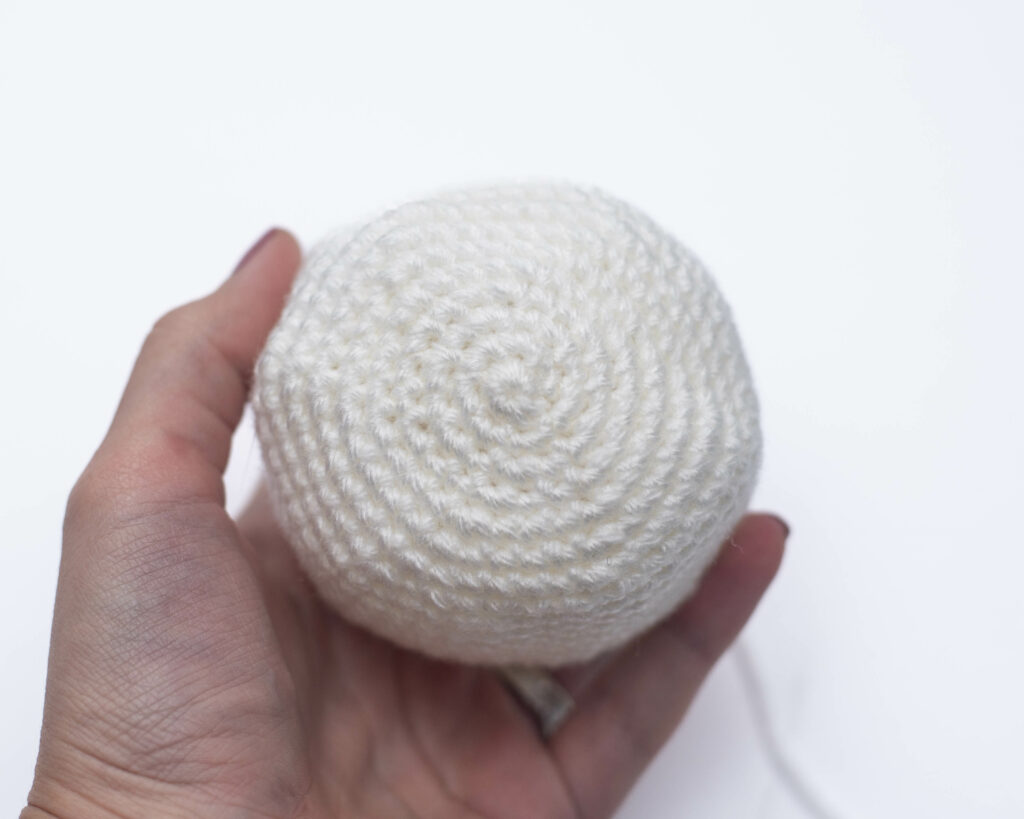
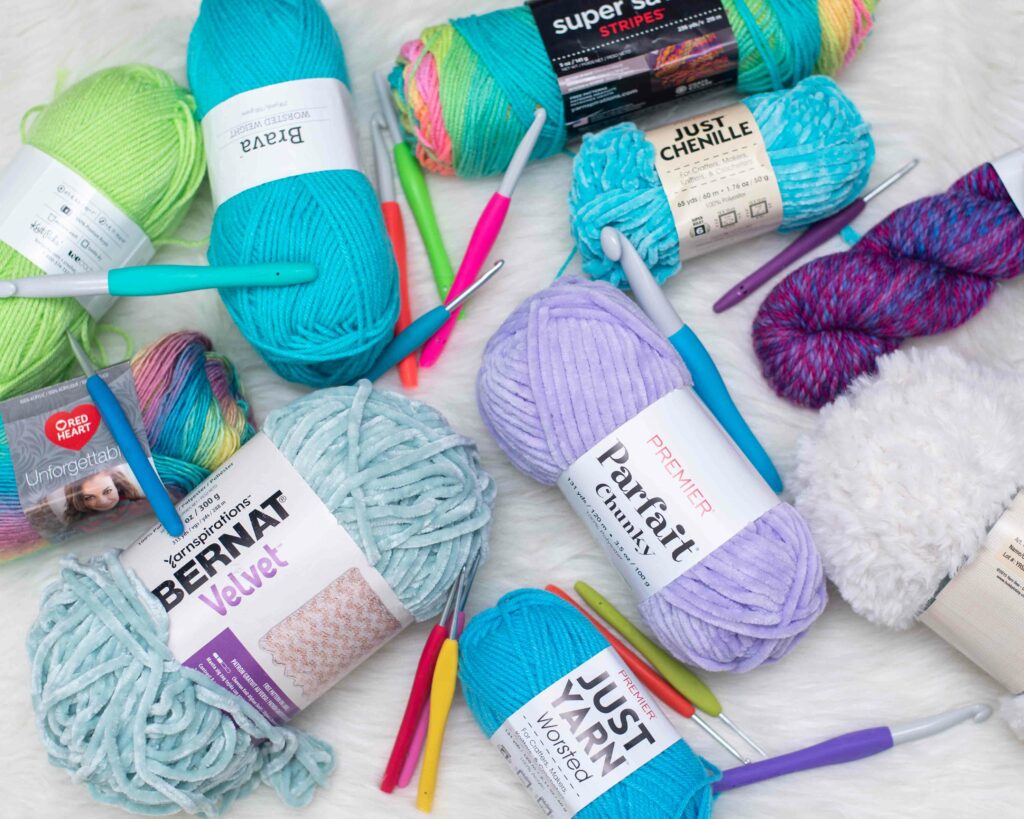
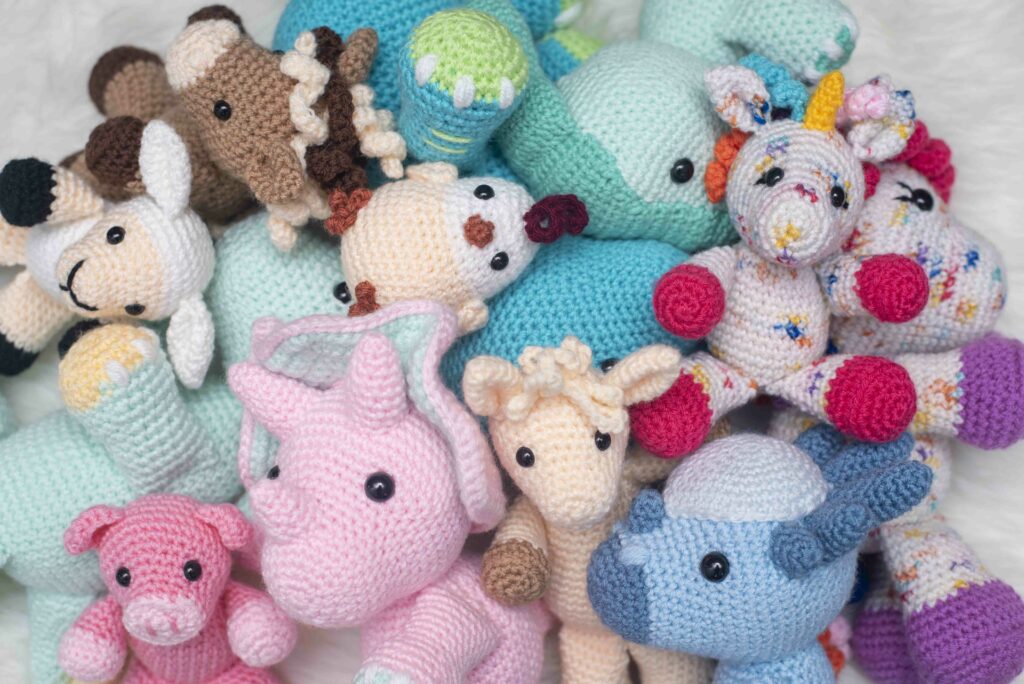
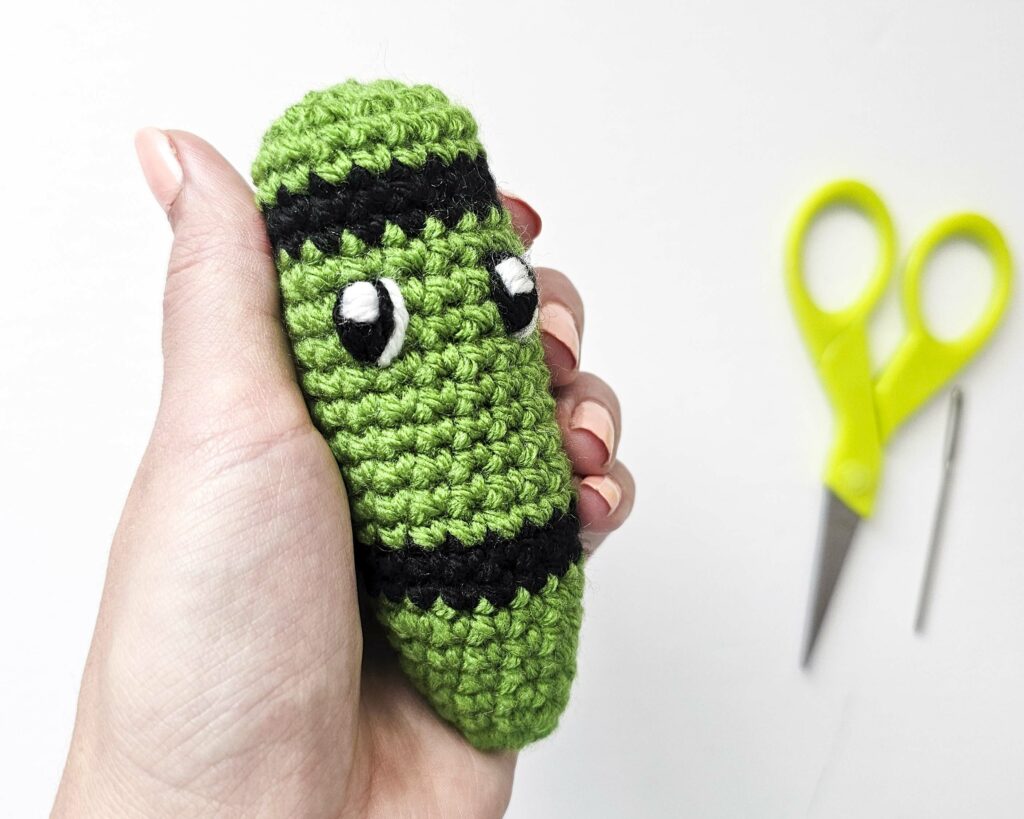
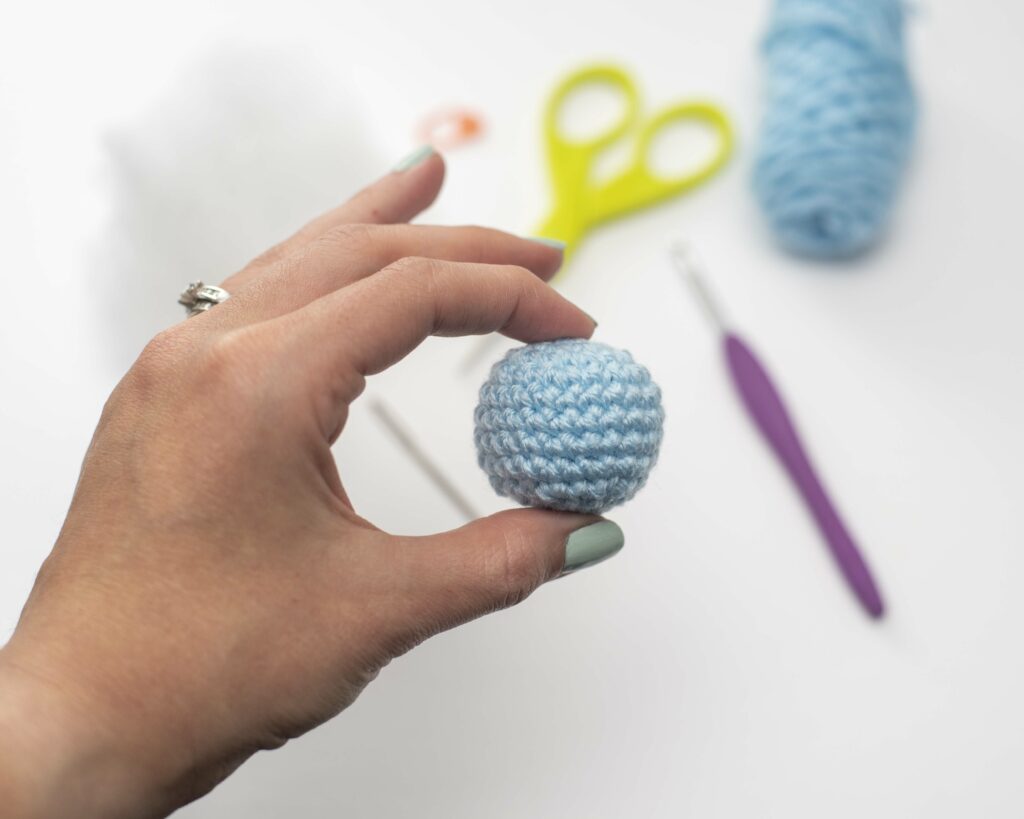

Thank you for those tips – they were very helpful Nicole!!!
I love to hear that, enjoy!
Switching to yarn unders rather than yarn overs was an absolute game changer for my amigurumi
Thanks for sharing!
Do you yarn under every time, instead of yarn over? I am just thinking about trying amigurumi. I am a terrible perfectionist and would appreciate any and all good tips. Thank you in advance.
Hello! I don’t, I yarn over every time. I’ve tried yarn under a few times and I’m not a big fan of it myself. The only real difference is the appearance of the stitches. While yarn under generally gives a tighter stitch/smaller project, as long as you have consistent tension and the proper hook size, you can still have tight stitches with yarn over. Hope that helps!
I would also highly recommend a curved tapestry needle for sewing pieces together.
Yess! A good sturdy one too! I have one that is a little too thin and it does not do the job. Haha.